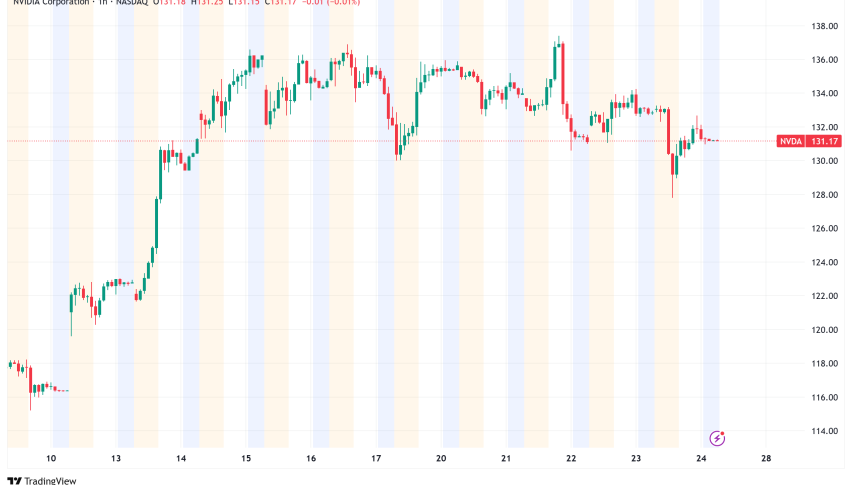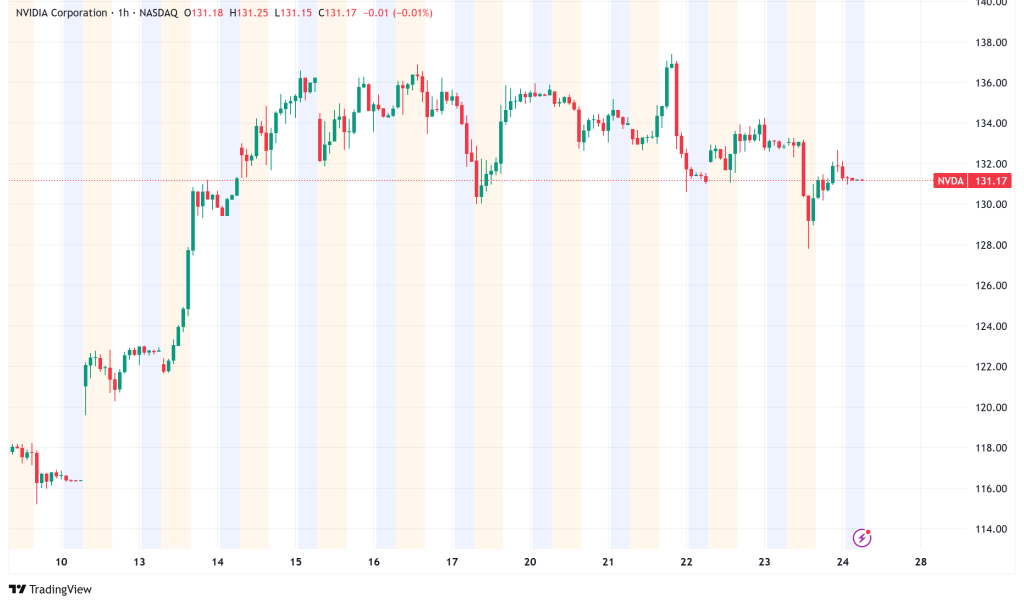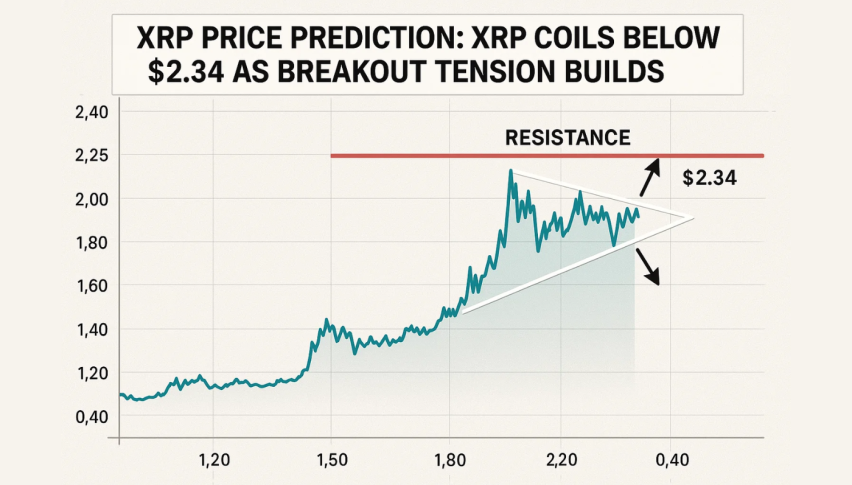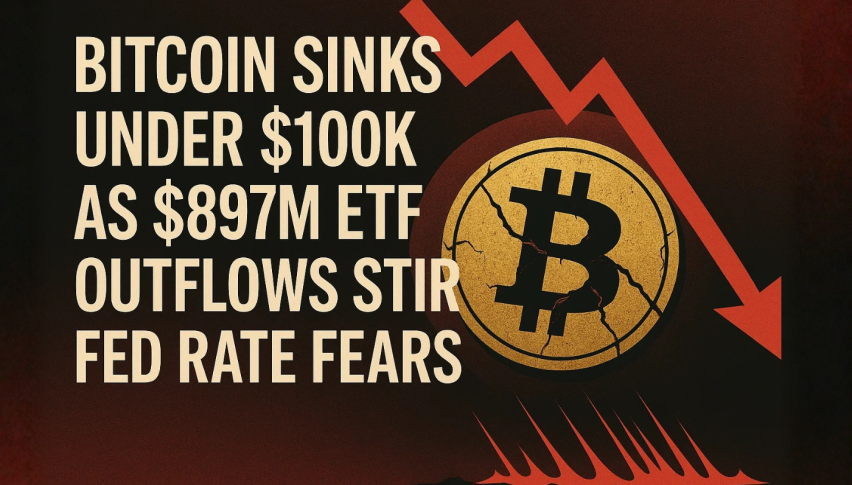Nvidia Develops Budget AI Chip for China Amid Export Restrictions
Leading chipmaker Nvidia aims to maintain foothold in $50 billion Chinese market with new Blackwell-architecture processor

Quick overview
- Nvidia is developing a cheaper AI chip aimed at the Chinese market to navigate US export restrictions.
- The new graphics processing unit is expected to cost between $6,500 and $8,000, significantly lower than the banned H20 model.
- Nvidia's market share in China has dropped from 95% to around 50% due to ongoing export limitations.
- Despite challenges, Nvidia remains committed to serving the Chinese market and is exploring new product designs.
Third effort by Nvidia Corporation to negotiate increasingly limited US export restrictions while keeping access to one of its most crucial revenue sources: a much cheaper artificial intelligence chip especially targeted for the Chinese market is under development.

Expected to enter commercial production as early as June, the new graphics processing unit will cost between $6,500 and $8,000 – far less than the $10,000 to $12,000 price tag of Nvidia’s recently banned H20 model, sources familiar with the matter say.
The chip’s purposefully weaker specs and simpler production requirements help to explain the cost cut Based on the RTX Pro 6000D server-class graphics processor and built on Nvidia’s most recent Blackwell architecture, the new chip will use conventional rather than more cutting-edge high bandwidth memory. Especially, it won’t call for advanced Chip-on-Wafer-on-Substrate packaging technology from Taiwan Semiconductor Manufacturing Company, therefore lowering production complexity and expenses.
Nvidia Trying to Navigate Export Restrictions
The development follows the US government’s April new limits on Nvidia’s H20 processors, which call for export licenses for sales to China because of worries about the technology maybe being transferred to Chinese supercomputers. Strict limits on GPU memory capacity enforced by the most recent export restrictions stop it at roughly 1.7 terabytes per second, well below the 4 terabytes per second capability of the H20.
With 13% of Nvidia’s sales in the last financial year and access to a $50 billion data center industry, China is still absolutely vital to the company. But the continuous restrictions have seriously changed Nvidia’s market share in the area.
From 95% before 2022, when US export limitations first started impacting Nvidia’s goods, CEO Jensen Huang disclosed, its market share in China has dropped to barely 50% presently. The H20 ban by itself compelled the business to write off $5.5 billion in inventory and abandon $15 billion in possible sales.
AI Chip Wars: Competition Intensifies
Particularly Shenzhen-based Huawei, which is building the Ascend 910D AI chip, the export restrictions have unintentionally strengthened Nvidia’s Chinese rivals. Huang has cautioned that further US export restrictions will probably encourage more Chinese consumers toward domestic substitutes, therefore undermining American companies’ long-term market share.
“We will keep on great efforts to maximize compliant products and keep serving the Chinese market,” Huang said on a recent televised appearance in Taiwan.
“Until we settle on a new product design and receive approval from the US government, we are effectively foreclosed from China’s $50 billion data center market,” an Nvidia spokesman said to Reuters, acknowledging the company’s difficult position.
NVDA Stock: Market Outlook
The timing of this news is especially important since Nvidia gets ready to present its quarterly results on May 28. Analysts project adjusted net income of $21.3 billion and quarterly revenue of $43.4 billion, a 66% rise year over year.
Oppenheimer analysts remain positive about Nvidia’s prospects despite recent price volatility, with shares decreasing roughly 3% last week; they “see upside… despite the loss of H20 sales to China.”
With manufacturing perhaps starting as early as September, the business is also reportedly building another Blackwell-architecture chip for China; details on this second type are yet unknown.
- Check out our free forex signals
- Follow the top economic events on FX Leaders economic calendar
- Trade better, discover more Forex Trading Strategies
- Open a FREE Trading Account


